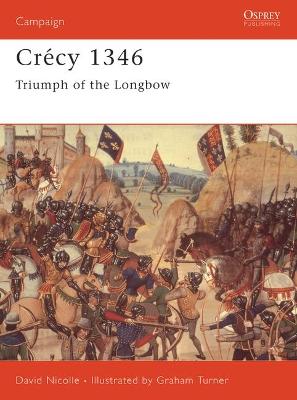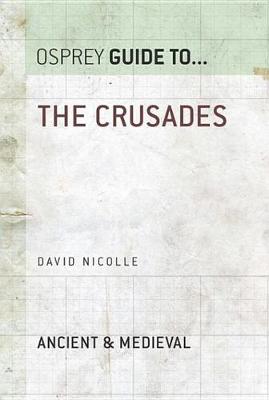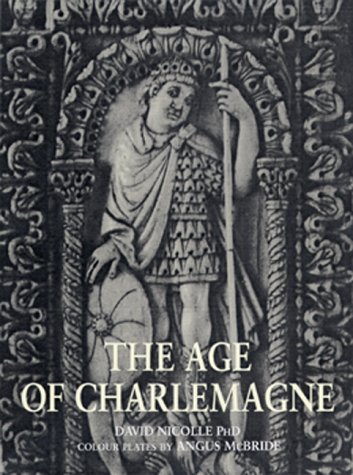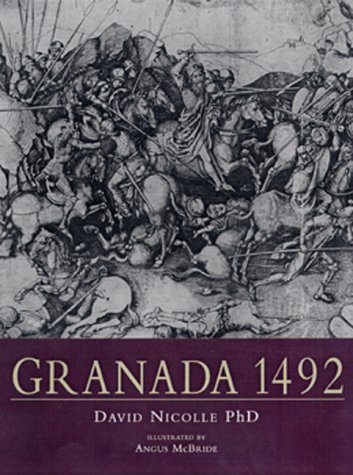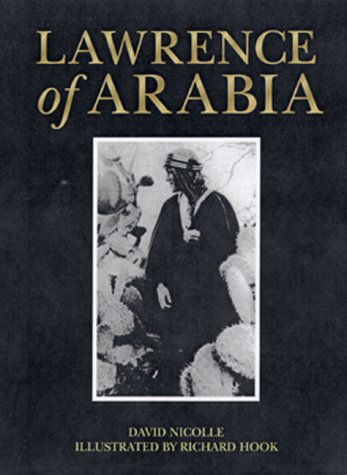Osprey military
1 primary work • 5 total works
Book 71
The Battle of Crecy was the first major land battle of the Hundred Years War. It pitted the French army, then considered the best in Europe, and their miscellaneous allies against the English under King Edward III and the 'Black Prince', who as yet had no great military reputation; this was the battle where he 'won his spurs'. The Genoese crossbowmen were outshot by the English longbows and the pattern was set for the rest of the day: the French cavalry were committed piecemeal in fruitless charges against strong English positions, losing perhaps 10,000 men in the course of the fighting. After almost a millennium in which cavalry had dominated the field of battle, the infantryman, and particularly the longbowman, now ruled supreme.
Born of a mixture of religious fervour, military ardour and political will, the Crusades ( 1095 - 1291) remain a fascinating and misunderstood aspect of medieval history. Born amid immense suffering and bloodshed the Kingdom of Jerusalem remained a battlefield for almost 200 years. The Crusades raised to campaign for it gave rise to the Military Orders of the Templars and Hopitallers as well as numerous smaller orders, and were a backdrop to the careers of some of history's most famous leaders including Richard 'The Lionheart' and Saladin. David Nicolle recounts the background and events of these fundamental campaigns that scarred the Late Medieval period.
Most historians agree that the Carolingian Age, from the 8th to the 10th centuries AD, represented one of the most important turning points in European history. The adoption of the stirrup and subsequently of early versions of the high-framed war saddle, plus the pressure of rival and essentially non-western European cultures, combined to give birth to what are popularly regarded as mediaeval European styles of warfare. This text explores the organization and history of the Carolingian Empire during the age of one of history's most romanticized and heroic figures - Charlemagne.
By 1481 Granada was the last Islamic enclave in Catholic Spain. Granada's last ruler, Muhammad XII 'Boadbil', faced the might of the Spanish royal army revitalised and lavishly equipped with modern artillery. Despite this mismatch of strength it took 11 years of hard campaigning before the Spanish troops could bring their guns to bear on the walls of Granada. After this the outcome could not be long delayed. Andalusia, the physical embodiment of the flowering Islamic culture in Spain, was snuffed out. The commanders, forces, plans and campaign itself are all examined closely in this superbly illustrated account of 'Los Reyes Catolicos' greatest victory.
The Great War of 1914-18 is often seen as one major battleground -- the Western Front -- with numerous 'side-shows'. The other battle zones were not sideshows to those involved, however, although the local inhabitants often fought for motives which remained a closed book to European combatants. David Nicolle relates the story of the Arab revolts, and discusses just how important (or unimportant) was the role of T.E. Lawrence in the affair, in a fascinating text backed by a fine collection of contemporary photographs and eight full-page color plates by Richard Hook.
